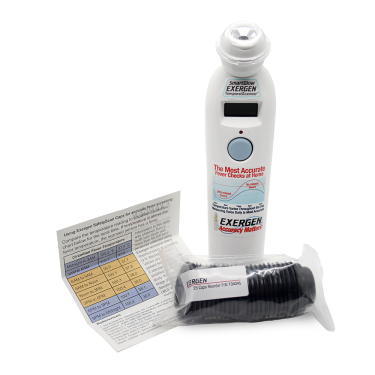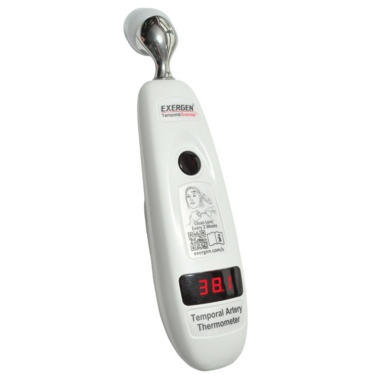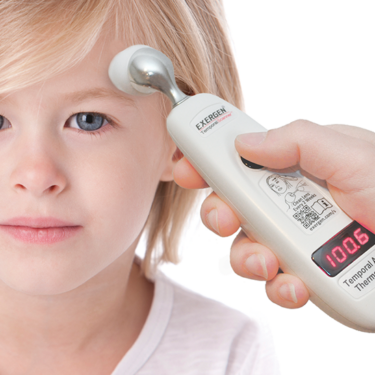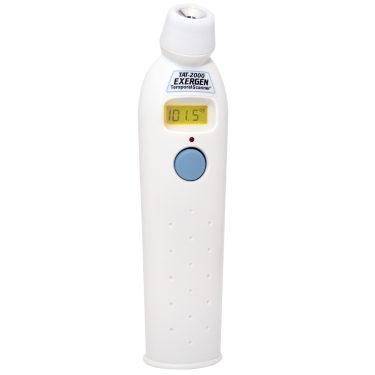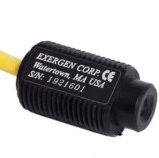In less than a decade, the number of older adults in the U.S. will outnumber children for the first time in history. This demographic shift brings both opportunities and challenges, especially when it comes to our already stretched healthcare system. As people live longer and birth rates decline, the U.S. healthcare system will need to adapt to meet the needs of seniors—and ensure there are enough caregivers.
What’s Changing?
As the population ages, there are a few challenges:
- More Healthcare Demand: People are living longer. However older adults tend to face multiple chronic health conditions, meaning they require more complex medical care.
- Caregiver Burnout: Family caregivers, many of whom are aging themselves or also caring for younger family members, are feeling the strain. The emotional and physical toll is heavy, and burnout is a real issue.
- Workforce Shortages: With many healthcare workers retiring, especially in geriatrics, the system is facing a shortage of skilled professionals. The demand for care will only grow and will need more people in the workforce to keep up.
Adding to the current aging population, nearly half of the babies born in 2020 are expected to live past 100, creating even more pressure to a system that’s already struggling.
What Can We Do to Support Seniors?
Health systems are starting to implement strategies to help both the aging population and the healthcare workers supporting them:
- Make Preventive Care More Accessible: For example, NorthBay Health in California is opening neighborhood clinics to provide primary and urgent care outside traditional hospitals. This makes it easier for older adults to manage chronic conditions and avoid unnecessary hospital visits, easing the pressure on hospitals.
- Create Specialized Care for Older Adults: Memorial Hermann Health System in Houston has created a program called the “4M” framework, focusing on four key areas for senior care: What Matters, Medication, Mentation, and Mobility. Their Acute Care for Elderly (ACE) unit helps seniors face the unique challenges of hospitalization.
- Use Technology to Improve Care: To address workforce shortages and make care more efficient, many health systems are turning to technology. Things like remote monitoring, telesitting, hospital-at-home models, using tools like Exergen’s Temporal Artery Thermometers for quick, accurate and non-invasive temperature readings allow healthcare workers to focus on the most critical tasks while still providing excellent care.
- Build a Stronger Workforce: Programs like phased retirement, professional development, and partnerships with local educational institutions are helping health systems, like Memorial Hermann and Cook County Health, build a sustainable workforce that can meet the growing needs of an aging population.
Looking to the Future
Caring for an aging population is no small feat, but by being proactive and thoughtful about it, health systems can get ready for what’s ahead. Expanding access to care, training the next generation of caregivers, and using technology to improve efficiency will help ensure that older Americans get the high-quality care they need—and that healthcare workers have the support they deserve.
Source,
- Becker’s Hospital Review, https://www.beckershospitalreview.com/workforce/the-twofold-challenge-of-an-older-population-and-how-systems-are-adapting.html?origin=QualityE&utm_source=QualityE&utm_medium=email&utm_content=newsletter&oly_enc_id=0406G5485178I4E
EXERGEN P/N 850396, Rev 1

